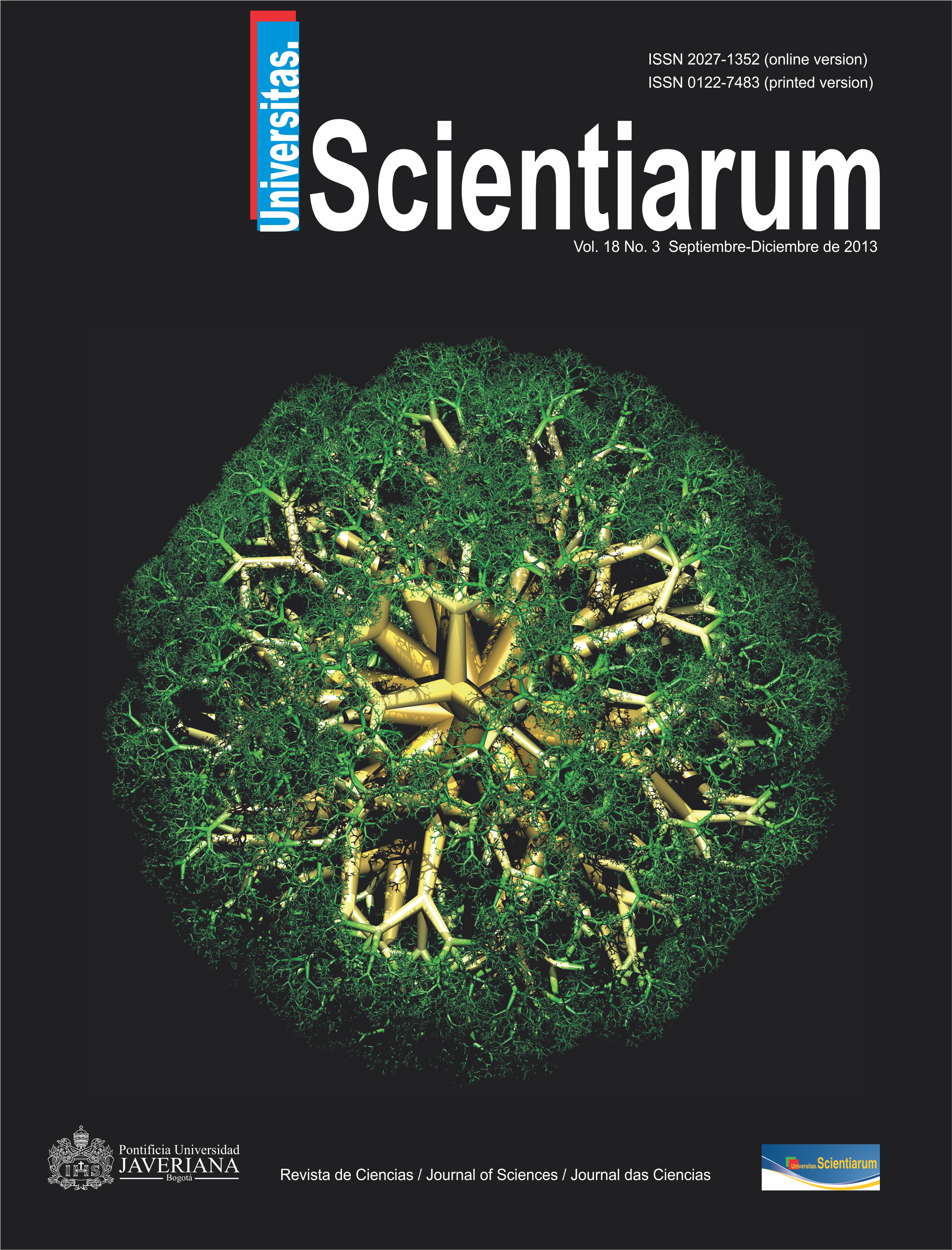Abstract
We molecularly identified the loggerhead turtle Caretta caretta using high-speed PCR amplification and restriction analysis of mitochondrial DNA. We isolated the DNA from blood from juvenile C. caretta from Don Diego beach (Magdalena; n=4), in Islas Del Rosario (Bolívar; n=2) in the Colombian Caribbean. By using high-speed PCR amplification of mitochondrial cytochrome c oxidase I (COI), we reduced reaction by one third and obtained fragments of 650 base pairs. We analyzed the amplified IOC product using enzymes HindIII, HpyCH4III and MseI and generated an electrophoretic profile, which compared in silico to other sea turtle species sequences, revealed the loggerhead’s specific pattern. We found similarity between 97-99% with C. caretta in five of the BLAST analyzed nucleotide sequences and 92% in another. We generated a bar code for the sampled turtle information and sequences and stored them in the BOLD database. The methodology described for the identification of C. caretta is a fast and inexpensive procedure that minimizes time and improves PCR specificity.Univ. Sci. is registered under a Creative Commons Attribution 4.0 International Public License. Thus, this work may be reproduced, distributed, and publicly shared in digital format, as long as the names of the authors and Pontificia Universidad Javeriana are acknowledged. Others are allowed to quote, adapt, transform, auto-archive, republish, and create based on this material, for any purpose (even commercial ones), provided the authorship is duly acknowledged, a link to the original work is provided, and it is specified if changes have been made. Pontificia Universidad Javeriana does not hold the rights of published works and the authors are solely responsible for the contents of their works; they keep the moral, intellectual, privacy, and publicity rights. Approving the intervention of the work (review, copy-editing, translation, layout) and the following outreach, are granted through an use license and not through an assignment of rights. This means the journal and Pontificia Universidad Javeriana cannot be held responsible for any ethical malpractice by the authors. As a consequence of the protection granted by the use license, the journal is not required to publish recantations or modify information already published, unless the errata stems from the editorial management process. Publishing contents in this journal does not generate royalties for contributors.



